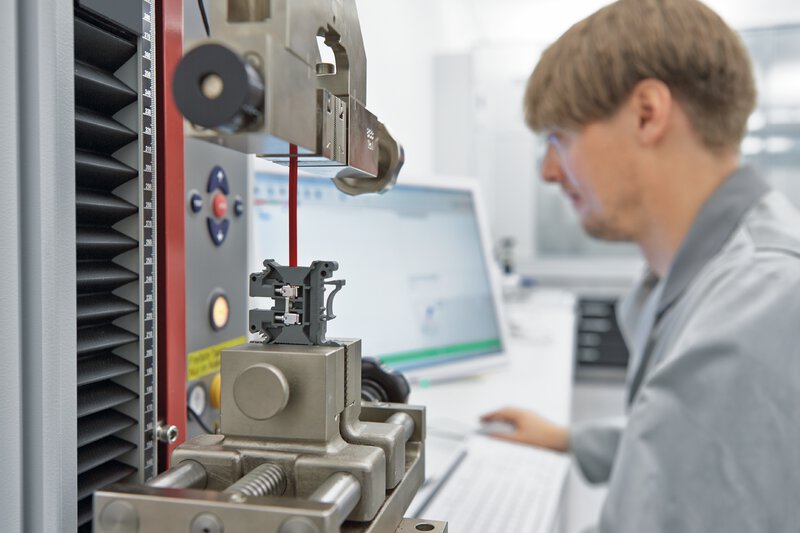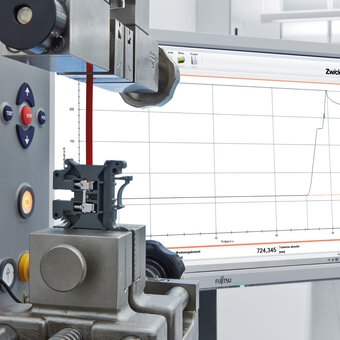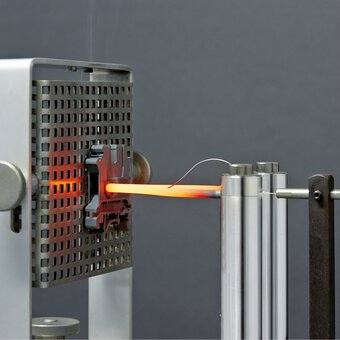Quality tests
Quality in every application
The quality of our products is our top priority. Quality is not only tested retrospectively on finished products, but is ensured responsibly at every stage of our production and logistics operations.
To ensure the use of our products in all relevant industries, our products undergo a wide range of test procedures. Along with standard test procedures in accordance with IEC 60947-7-1/-2/-3, our products are also subject to specific quality tests where they are qualified in accordance with numerous approvals.






